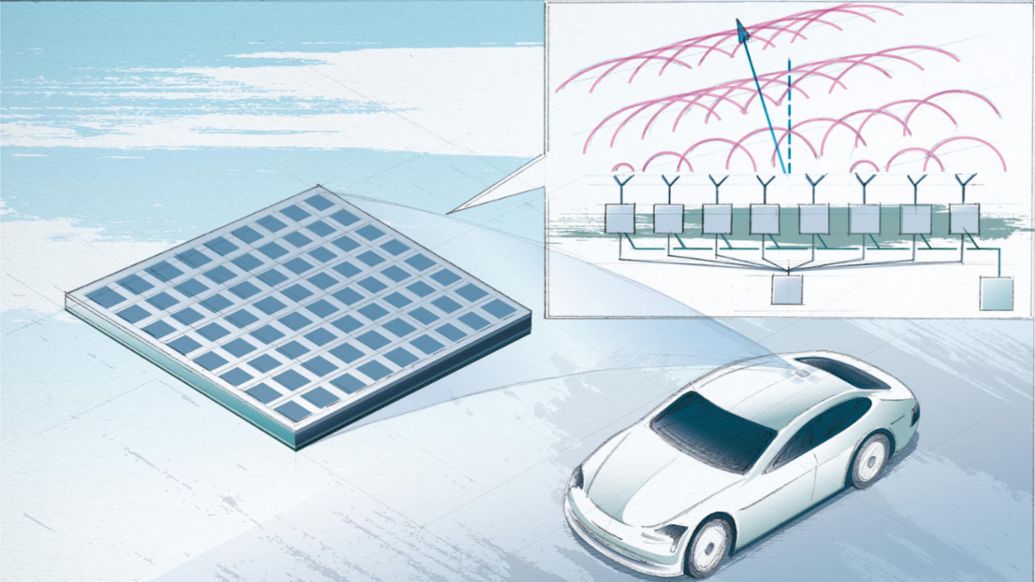
Sixth sense: the next generation of mobile communications
London, 07 December 2023, (Oilandgaspress): – Researchers and engineers around the world are already working hard on the next generation of mobile communications, 6G, which should be available by around 2030. Vehicles in particular could benefit from the high data rates and from the fusion of communications and environment detection. Network operators are currently rolling out 5G networks at full speed, which is enabling them to introduce a large number of new applications in the process—not least in the automotive sector, as demonstrated by the development of intelligent and connected vehicles at Porsche Engineering’s Nardò Technical Center. But research institutions and companies are thinking even further ahead and have already started the race to develop the next generation of mobile communications. Toward the end of the decade, the new 6G standard is expected to deliver even higher data rates, lower latency, and improved reliability, among other things. “There is intense activity in this area in the US, China and Europe,” reports Andreas Müller, head of all 6G projects at Bosch.
“It has been understood in all regions of the world that next-generation mobile communications is an issue of strategic importance.” Researchers do, however, still have a lot of ground to cover before 6G can make its way into the everyday lives of private and commercial users, as future 6G networks will require a significant shift in the boundaries of what is technically feasible. For example, developers have discovered the third dimension to ensure uninterrupted data exchange worldwide. “Until now, mobile communications have primarily been limited to the earth’s surface,” says Bernhard Niemann, Head of the Broadband and Broadcast Department at the Fraunhofer Institute for Integrated Circuits IIS. “With 6G, on the other hand, satellites will for the first time be integrated into the network right from the start.”
Handover from satellite to satellite
The satellites could be stationary ones in geostationary orbit (GEO) at an altitude of 36,000 kilometers, or their lower-orbiting counterparts, for example in low Earth orbit (LEO), which is 200 to 2,000 kilometers above the Earth’s surface. Even balloons could be used as high-altitude platforms for 6G base stations at altitudes of 15 to 20 kilometers. At higher frequencies of 10 GHz or more, the antennas of the 6G devices must point in the direction of the satellites or balloons. LEO satellites present an additional challenge: Because they move rapidly across the sky, the connection must be regularly handed off from one satellite to the next—without the user noticing. The performance of 6G is also expected to be enhanced with the aid of artificial intelligence (AI).
Information Source: Read full article
Energy ,Petrol , Electric Power , Natural Gas , Oil , Climate , Renewable , Wind , EV , LPG , Solar , Electric , Electric Vehicles, Hydrogen, Oil Price ,Crude Oil, Supply, Biomass , Sustainability,


